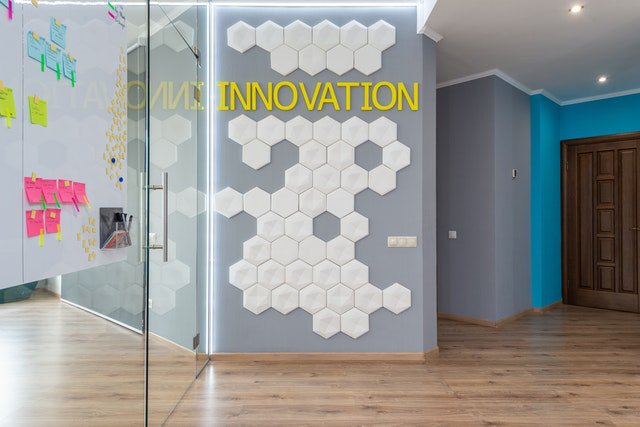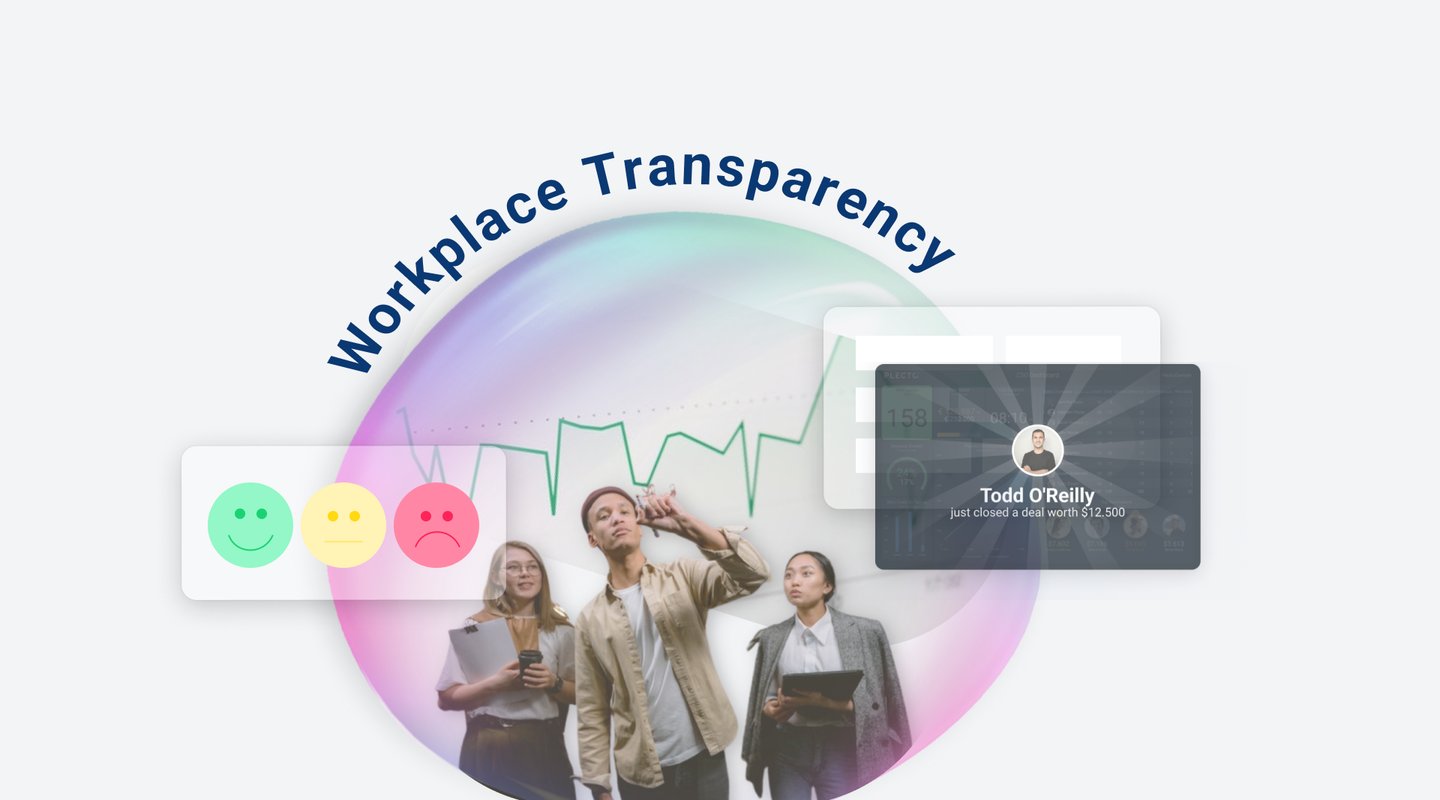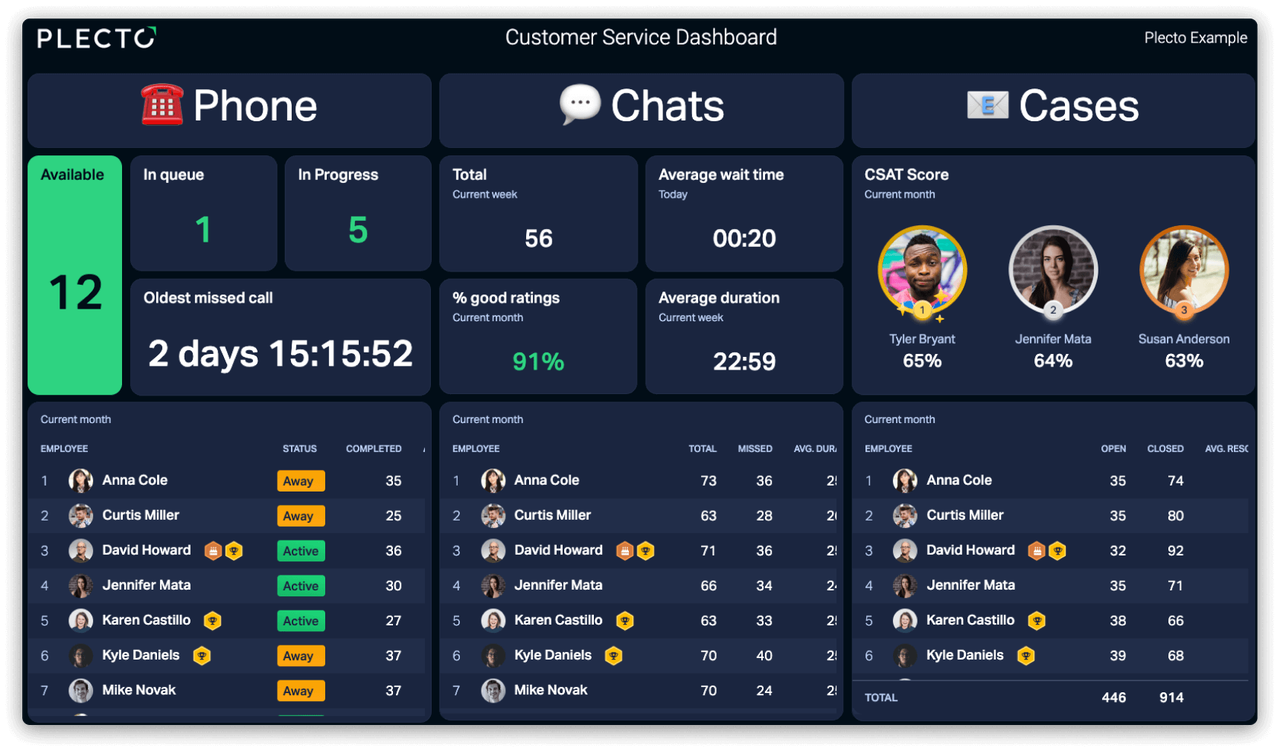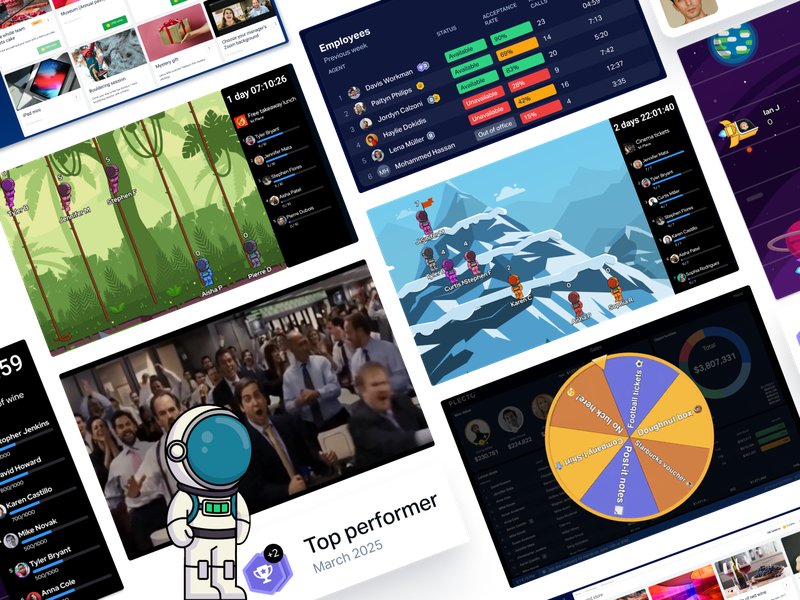Transparency is one of the biggest notions to hit company culture in decades. Once a buzzword associated with startups, transparency has come out of the shadows and taken center stage in mainstream workplace culture. One of the main drivers of this shift is that companies are discovering that workplace transparency is a surprisingly effective and low-cost way to drive recruitment, employee satisfaction, innovation, and more!
This article will help you understand how to improve transparency in the workplace, why transparency in the workplace is important, and how to use increased transparency to celebrate success and drive business performance like never before.
What is workplace transparency?
A transparent work culture is one in which information is shared freely and openly between management and employees. It’s a giant leap forward from the default workplace culture of the past, where information was guarded at the highest levels of management and dispensed on a need-to-know basis. Modern workplaces are reaping the benefits of this company culture shift in which business performance and financial metrics are broadly shared, issues are openly discussed, frank feedback is exchanged, and managers lead by example. Being open and honest with employees at all organizational levels, regardless of how challenging or uncomfortable it might be, is the hallmark of workplace transparency.
Why is workplace transparency important?
The benefits of a transparent work culture are far-reaching, but here are four primary ways that workplace transparency can drive employee satisfaction and improve business performance.
1 — Increased Commitment
Workplace transparency is founded on information sharing—and so is this key benefit! Giving employees access to company information related to important topics like strategy, goals, business decisions, and financials builds their confidence and trust while increasing their feelings of ownership and pride. Through this emotional connection, they become more committed to their jobs and more vested in the company’s success.
2 — Higher Engagement
Companies that value transparency understand that employees are their most valuable asset, and they make a point of boosting morale and celebrating everyone’s hard work, progress, and achievements. Employees who feel seen and heard know that they’re valued, making them more apt to share their ideas. Whether it’s a brilliant stroke of innovation or a simple workflow update, engaged employees who feel safe to speak up are the secret sauce that can push a company to new levels of success.
3 — Improved Business Performance
Transparent work culture creates an environment where employees feel safe to openly share their ideas, opinions, challenges, and insights. Employees working in this type of setting generally trust their managers and feel supported and empowered to speak honestly about their strengths, victories, struggles, and areas they’d like to improve. The byproducts of this are that management knows where each employee stands and how to coach the best out of them while employees feel supported and motivated to perform to the best of their ability.
4 — Better Customer Relations
Workplace transparency also has some 'inside out' benefits. Positivity is contagious, and employees who feel invested in their company’s success are more likely to go the extra mile to make customers happy. Happy customers turn into brand ambassadors, and that’s when businesses really thrive!

4 Ways to Create a More Transparent Work Culture
If you’re looking into ways to improve workplace transparency, you’re already on the right path. Transparent work culture has a lot to do with mindset, but there are some concrete actions you can take to further cement its foothold in your workplace culture.
Here are four examples of workplace transparency, and they’re a fantastic place to focus your attention as you take the first deliberate steps toward this company culture shift.
1 — Keeping Employees up to date
Information sharing is a cornerstone of workplace transparency. Sharing information at the department level, in 1:1 coaching meetings, or via newsletters and intranets are all good first steps toward a more transparent work culture, but they’re not the only options. From the CEO to sales to customer support and beyond, real-time KPI dashboards are an ideal way to give everyone a bird’s-eye view of how the company is tracking against its goals. Danish fashion giant, Trendday, increased workplace transparency and improved employee motivation by displaying real-time data dashboards on TVs around the office.
Kristian Øllegaard, CEO & Co-Founder of Plecto, is resolute on making this a central part of the company. This began from the moment Plecto existed to when the product was developed, and still exists in the organization today. It’s commonplace to look up at one of the TVs around the office that display dashboards defining key performance indicators (KPIs) central to each department's success.
Regular town hall meetings are an excellent opportunity to share important company news and updates while building camaraderie by providing employees an opportunity to share their thoughts and receive answers from top management. This type of workplace transparency can help quell speculation, gossip, and anxiety over management’s future plans.
2 — Being Honest About Mistakes
Admitting mistakes, especially big mistakes and what the company has learned from them reminds employees that nobody is perfect. Maybe the company didn’t meet its revenue goals or a new venture didn’t go as planned. This is a fantastic opportunity to model core company values, such as:
- It’s OK to take chances.
- It’s OK to think out of the box.
- Sometimes calculated risks pay off, but it’s OK if they don’t.
- How you handle your mistakes is important.
- What you learn from your mistakes is what matters most.
Make these missteps and the recovery process part of your company’s narrative. In time, you’ll demonstrate that risks are essential for growth, fostering a supportive environment that’s ripe for innovation. It’s equally as important to talk about the good as the bad – both celebrating success and focusing on areas where improvements can be made. In both cases, the intention is to build positive workplace transparency where everyone feels like they are part of the journey, a valued member of the organization, and are therefore more likely to become invested in the company’s success!
Build your first dashboard.
Start your 14-day free trial today
3 — Creating a 'Flat' Organization
Breaking down silos and encouraging communication from the top-down, bottom-up, and between departments are the gateways to next-level information and knowledge sharing. Many companies are instituting open-door policies and open-plan offices to help wipe out barriers to workplace transparency, such as hierarchies, bureaucracy, and office politics. Some transparency superstars are even nudging the majority of internal communication toward communication channels like Slack and Teams so that everyone can keep tabs on what’s happening within the company — these are also a great way to broadcast important announcements outside of scheduled events like town hall meetings.
4 — Revamping Recruiting & Hiring
True workplace transparency begins with a potential employee’s first interaction with a company. This starts with a job posting that includes an accurate description of qualifications, responsibilities, benefits, timing, and perhaps even salary. Many people find salary negotiations uncomfortable, yet 67% of job seekers say that money is their number one motivator — and 70% said that they want to hear about salary in the first message from a recruiter. Up-front honesty may reduce the number of applicants but it helps to attract qualified applicants, which can lead to a quicker hiring process and better hiring accuracy. Regardless of whether they get the job, applicants who receive adequate information upfront are more likely to have a positive impression of the hiring company.
Increase Workplace Transparency by Celebrating Success
Celebrating success is the capstone of a transparent work culture. Recognizing and celebrating success in daily operations provides a barometer of current business performance while boosting employees’ moods and motivation — and reinforcing your efforts to improve company culture.
Plecto has used this strategy since its inception. Think about how often you send an email during a work day. This is about as regularly as we celebrate success at Plecto. Whether it’s a restaurant voucher, dibs on the best parking spot, a shout-out on the company intranet, popping the cork on the champagne, or a trip to Venice – the opportunities are endless when it comes to how you celebrate achievements at your workplace.
3 Ways to Integrate Celebrating Success into Your Company Culture
1 — Leaderboards
Leaderboards are an excellent low-entry way to increase workplace transparency and celebrate success. They’re easy to implement and people immediately understand them. Leaderboards are particularly effective in boosting enthusiasm around sales, marketing, and customer service efforts. Make sure to display your leaderboards where everyone can see them — flat-screen TVs around the office are ideal.
2 — Instant Notifications
This is one of the best ways to create excitement throughout the workday! Give immediate kudos and boost company spirit by displaying instant notifications whenever someone reaches a milestone. Gamification software, like Plecto, can even send notifications to employees’ smartphones.
3 — Challenges
Less intense than contests, challenges are a fun way to drive immediate action. Keep it small and simple. Is energy lagging on a Thursday? Announce a flash challenge — for example, whoever closes the most support tickets by the end of the day gets Friday afternoon off. Are demos down? Announce a weekly challenge where the rep who books the most demos booked in a day wins a prize. Again, the only limit is your creativity!

Plecto Helps Improve Workplace Transparency
Companies in all verticals are turning to dashboards to increase workplace transparency in daily operations. Marketing agency PL & Partners has implemented dashboards as a way to bring business performance out into the open. Plecto makes it easy to set up real-time business performance dashboards in just a few clicks.
Empowering employees to take responsibility for their business performance at the personal, departmental, and company levels can be a powerful first step toward creating a more transparent work culture. Take this to the next level by incorporating gamification features like instant notifications, contests, and achievements to celebrate success and motivate your team to outperform all their targets.
Sign up for a free 14-day trial and start using real-time data to drive greater workplace transparency!




